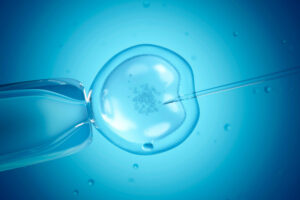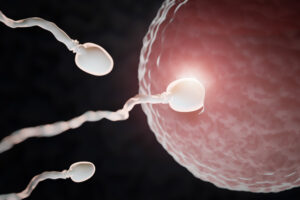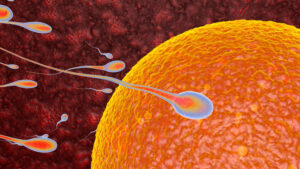For women undergoing IVF, endometrial thickness is one of the most critical factors for successful implantation. A healthy, receptive uterine lining can significantly increase the chances of embryo attachment and pregnancy. At The Boon IVF, Hyderabad, we frequently encounter patients concerned about a thin endometrium and its potential impact on their IVF outcomes.
This comprehensive guide explains what endometrial thickness is, why it matters for IVF, the causes of a thin lining, and both medical and natural ways to improve it.
What is Endometrial Thickness?
The endometrium is the innermost layer of the uterus, where the embryo implants. Its thickness and quality play a vital role in fertility.
- The normal range for IVF is 8–12 mm, considered optimal.
- A thin endometrium, less than 7 mm, may reduce the chances of implantation.
- Pattern matters: A trilaminar (three-layer) appearance is ideal for embryo implantation.
During IVF, monitoring the endometrial thickness helps fertility specialists determine the best day for embryo transfer.
Why Endometrial Thickness Matters in IVF
A receptive endometrium ensures:
- Proper implantation: A thicker, well-nourished lining allows the embryo to attach firmly.
- Better blood flow: Adequate blood supply provides oxygen and nutrients to the embryo.
- Hormonal responsiveness: Estrogen and progesterone stimulate endometrial growth, supporting early pregnancy.
Studies show that women with a thin endometrium have lower implantation and pregnancy rates, making it an essential focus in IVF cycles.
Causes of Thin Endometrium
Several factors can contribute to a thin endometrial lining:
- Hormonal imbalance: Low estrogen levels or poor ovarian response.
- Previous uterine surgery: D&C, fibroid removal, or cesarean section may affect the lining.
- Chronic infections: Endometritis can damage the endometrial tissue.
- Poor blood flow: Reduced uterine perfusion can limit growth.
- Age and ovarian reserve: Women with diminished ovarian reserve may have a thinner lining.
- Lifestyle factors: Smoking, stress, and poor diet can indirectly affect endometrial health.
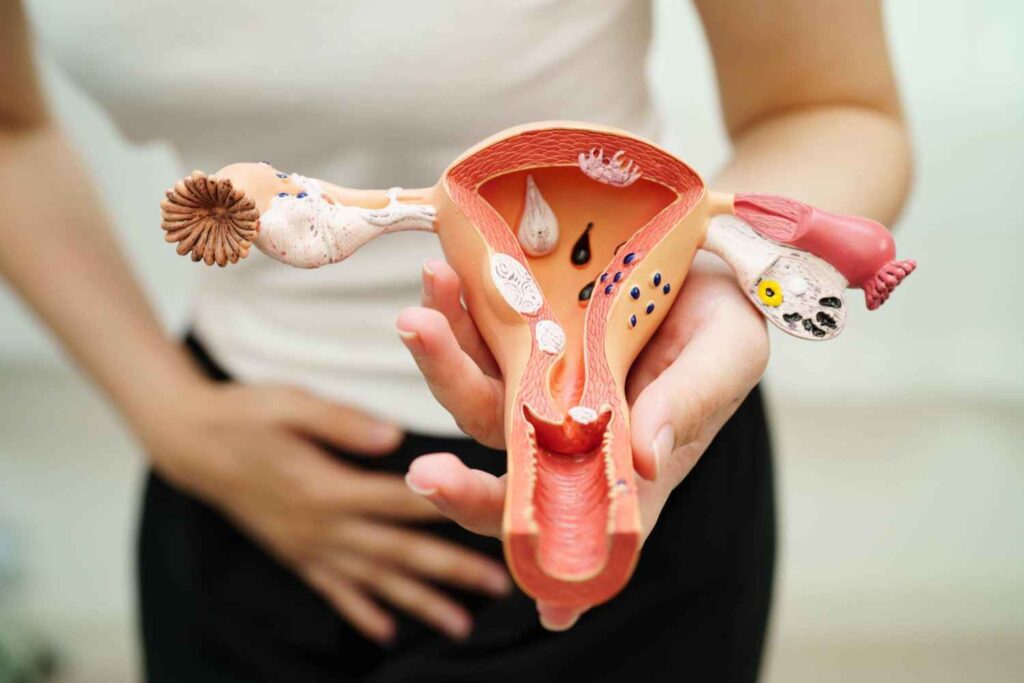
Medical Approaches to Increase Endometrial Thickness
1. Estrogen Therapy
Estrogen helps the endometrium grow during the follicular phase.
- Oral, vaginal, or transdermal estrogen may be prescribed.
- Monitored by ultrasound to ensure proper response.
2. Progesterone Support
After endometrial growth, progesterone is used to prepare the lining for implantation.
- Vaginal gels, suppositories, or injections may be used.
3. Medications for Blood Flow
- Sildenafil (Viagra) vaginally: Improves uterine blood flow and can thicken the lining.
- Pentoxifylline or L-arginine supplements: Support microcirculation in the uterus.
4. Platelet-Rich Plasma (PRP) Therapy
- An advanced treatment available at specialized clinics, such as The Boon IVF.
- PRP, prepared from your own blood, is infused into the uterus to stimulate endometrial growth.
- Studies show promising results for women with persistently thin lining.
5. G-CSF (Granulocyte Colony Stimulating Factor)
- A cytokine is injected into the uterine cavity.
- It can improve endometrial growth in women who don’t respond to conventional treatments.
Natural Methods to Improve Endometrial Thickness
Alongside medical treatments, lifestyle and home strategies can support a healthy uterine lining:
1. Diet and Nutrition
- Iron-rich foods, such as spinach, beans, and lean meats, can improve oxygen supply.
- Vitamin E: Promotes blood flow and endometrial health.
- Omega-3 fatty acids: Found in fish and flaxseed; improve uterine perfusion.
- Hydration: Proper water intake supports tissue health.
2. Exercise
- Moderate exercise, such as walking, yoga, and Pilates, improves circulation.
- Avoid high-intensity workouts that may stress the body.
3. Stress Management
- Chronic stress can reduce blood flow and hormonal balance.
- Techniques such as meditation, breathing exercises, or mindfulness can be helpful.
4. Acupuncture
- Acupuncture may enhance blood flow to the uterus and improve IVF outcomes.
- Many patients at The Boon IVF choose it as a complementary therapy.
Monitoring Endometrial Thickness During IVF
Fertility specialists monitor the endometrium using transvaginal ultrasound throughout the IVF cycle:
- Early follicular phase: Baseline thickness is measured.
- Mid-cycle: Growth is tracked alongside follicle development.
- Ovulation/embryo transfer day: Ideal thickness and pattern are confirmed.
This ensures the embryo transfer is performed at the optimal time for implantation success.
When to Consider Delaying IVF Transfer
Sometimes, even with interventions, the endometrium may not reach the desired thickness. In such cases:
- IVF transfer may be delayed to a subsequent cycle.
- Freeze-all approach: Embryos are frozen for transfer in a later cycle when the lining is better developed.
This approach maximizes success rates and avoids transferring embryos into a suboptimal environment.
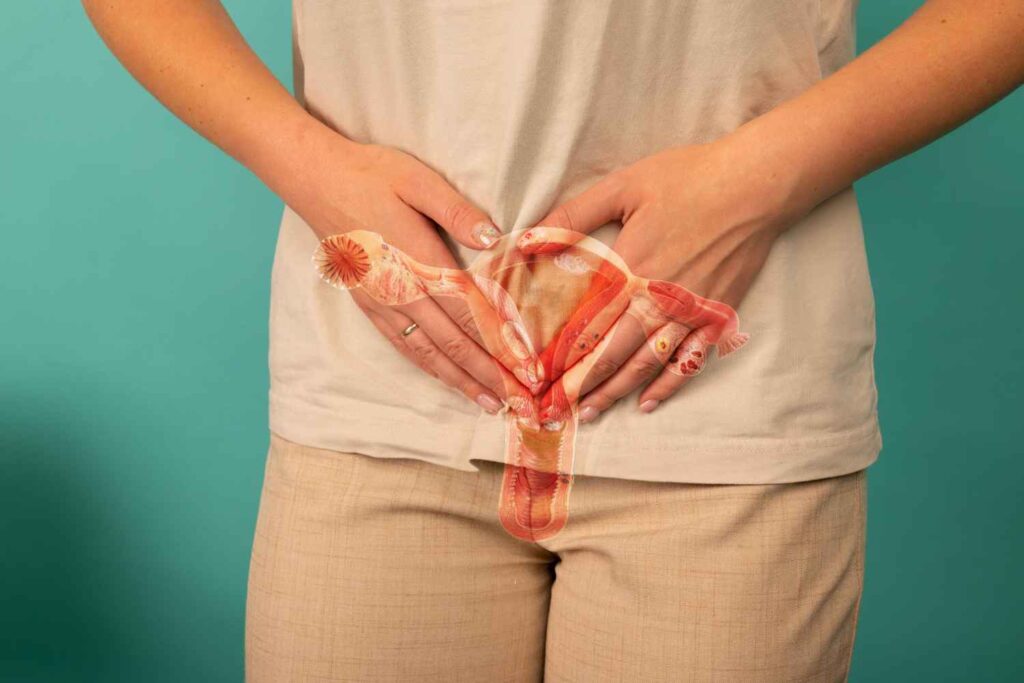
The Boon IVF Approach to Endometrial Optimisation
At The Boon IVF, Hyderabad, we follow a personalized approach to improve endometrial thickness and IVF outcomes:
- Detailed evaluation: Assessing hormones, uterine health, and blood flow.
- Tailored treatments: Combining medical therapy with natural and lifestyle interventions.
- Advanced options include PRP, G-CSF, and other innovative therapies as needed.
- Continuous monitoring: Ultrasound-based tracking ensures optimal timing for embryo transfer, ensuring the best possible outcomes.
- Patient support: Guidance on diet, exercise, and stress management.
Our goal is to ensure every patient has the best chance for successful implantation and pregnancy.
Key Takeaways
- Optimal endometrial thickness: 8–12 mm with trilaminar appearance.
- Thin endometrium: This can reduce IVF success, but it can be improved with medical, natural, and advanced interventions.
- Monitoring: A Regular ultrasound is essential to determine the right time for embryo transfer.
- Advanced treatments, such as PRP and G-CSF, are effective for patients who don’t respond to conventional methods.
- A holistic approach, incorporating lifestyle, nutrition, and stress management, complements medical therapy for improved outcomes.
Conclusion
Endometrial thickness plays a pivotal role in IVF success; however, a thin lining does not necessarily mean failure. With modern treatments and a personalized approach, many women with an initially thin endometrium go on to achieve healthy pregnancies.
At The Boon IVF, Hyderabad, we combine advanced medical techniques, lifestyle guidance, and patient-centred care to optimise endometrial thickness and maximize your chances of IVF success.
Whether you are facing thin endometrium or preparing for your first IVF cycle, our team of experts is here to guide you at every step—helping turn your dream of parenthood into reality.
